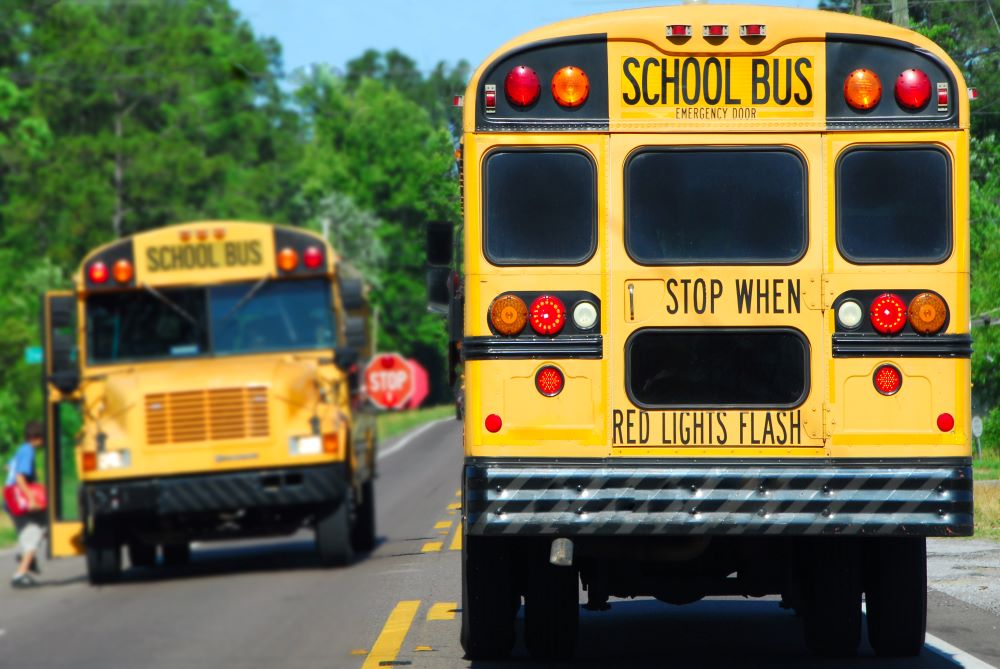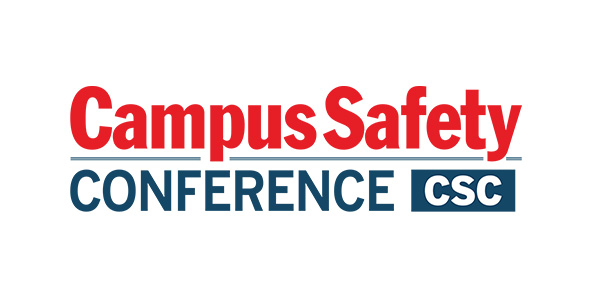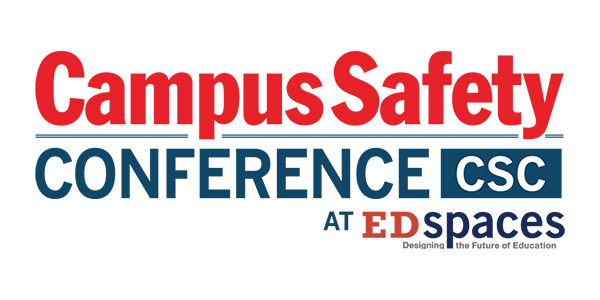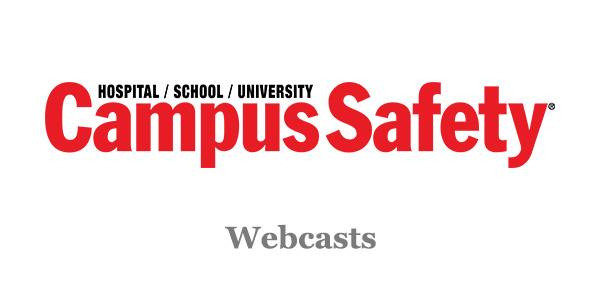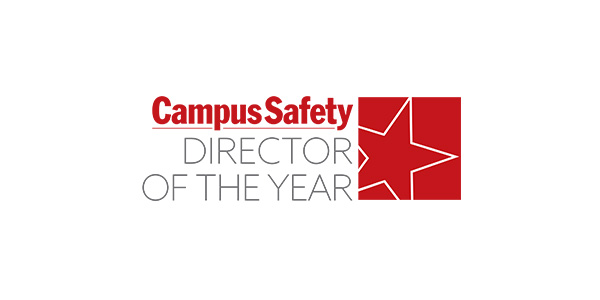Video cameras installed in school buses are nothing new. In fact, school bus cameras have been around since the early 1990s. What is new, however, is the demand for an integrated solution that recognizes school buses as an extension of K-12 campuses themselves.
For years, school bus cameras operated on a closed system. They operated primarily with proprietary hardware and software, making it challenging to integrate them with the broader school security infrastructure. Transportation directors managed the isolated platforms, and security teams had to request access to view or export footage. This process slowed down investigations and prevented any real-time response.
What schools and districts require today is a modern, unified approach to school and school bus security. One that acknowledges buses as a vital part of the K-12 campus environment. One that integrates bus surveillance into the same security ecosystem as building cameras, access control, and emergency response systems. And one that utilizes the best of today’s available technology to enhance the safety of drivers and students.
This is where fully unified, cloud-based solutions stand out.
What Are the Limitations of Traditional School Bus Cameras?
The problem with legacy bus camera systems is generally twofold. First is the overwhelming reliance on proprietary solutions. For many years, only a handful of companies provided school bus video and audio equipment. This meant that developers built their hardware and software to work exclusively within their ecosystems, creating a silo of any available video and audio data.
The school district’s transportation director likely manages this data. However, security professionals need this data to investigate incidents. This handoff creates delays, complicates investigations, and introduces concerns about the chain of custody in legal actions.
These inefficiencies worsen as expectations for school safety and quick responses increase. Back in the 1990s, school bus cameras could only utilize video to gather information after an incident. That was perhaps acceptable when the goal was simply to review footage after a fight or vandalism. Today, however, we expect schools and first responders to act in real-time.
Related Article: How to Improve School Bus Safety Through Training and Technology
This leads to the second limitation of such systems: outdated technology. Unfortunately, most legacy school bus camera systems were not made for live remote viewing or advanced analytics.
Traditional school bus cameras frequently struggle to capture clear, quality images. Footage is often poorly lit and lacks the detail required for meaningful review. Administrators may then need to sift through low-quality video stored on clunky interfaces, download clips from aging hard drives, and attempt to make sense of blurry shapes under passing streetlights.
For school security teams that need to quickly respond or investigate, this is simply unacceptable. It also leaves schools potentially liable for incidents. It highlights the need for modern school bus camera systems whose capabilities align with the safety standards and expectations already applied to school campuses.
Why Are Modern, Unified Camera Systems Necessary?
The answer to the challenges posed by proprietary bus camera systems is the adoption of a unified, open platform.
Under this type of system, school bus cameras no longer operate in isolation. Instead, they feed directly into the centralized security platform that a school or school district is already using. This not only reduces inefficiencies but also allows schools to add advanced safety and security features to their buses.
Imagine being able to view and manage bus video feeds, both live and recorded, on the same interface used within school buildings. Moving to non-proprietary, cloud-connected systems enables such capabilities. As a security professional, you can now have full situational awareness. This includes being able to monitor students during their time at school as well as travel to and from campus. Live and recorded video, event alerts, and even audio streaming are all viewable within the same interface you already use to monitor hallways, entrances, and classrooms.
Related Article: New Haven Teen Killed, School Bus Hit by Gunfire in Shooting Near Hillhouse High School
From ensuring chain of custody during investigations to streamlining export and redaction workflows, you control every step of the process. Transportation directors are no longer burdened with managing access to footage or pulling video files. They become equal stakeholders in a shared, centralized ecosystem.
An open platform also allows you to deploy best-in-class cameras on buses that match the quality and functionality of those used inside the school. Because you’re no longer locked into a specific camera type, you can scale and adapt as needed. You can choose cameras that match your district’s budget while keeping your options open to gradually add cameras with advanced resolutions and infrared options to increase visibility.
The key takeaway is that an open, cloud-based system provides more flexibility and significantly enhances your ability to investigate and respond to incidents effectively.
What Advanced Safety Features Are Available for School Bus Camera Systems?
Upgrading your school bus camera system to an open platform gives you access to many advanced technology solutions. Explore these possibilities to update your fleet and enhance safety for both students and drivers:
- Advanced video analytics – Go beyond simply capturing video. Use AI-driven analytics to monitor driver behavior in real-time. These tools can detect signs of fatigue or distraction, such as prolonged head turns, looking down, or eye closure, and flag them for review. Not only does this provide insight into potential risks, but it also allows transportation teams to proactively address issues with drivers before they result in an accident.
- Two-way communication – Two-way audio is an excellent feature for districts that want to communicate directly with their drivers. Another use case is the need to communicate with a parent or adult who has improperly boarded the bus to de-escalate a situation.
- Unified alarms – If a driver feels threatened for any reason, they can activate a silent alarm. The alarm immediately notifies designated personnel that an active incident requires their attention. Through live streaming capabilities connected through cellular networks, personnel can then access the live video and audio feed. Based on their findings, they can immediately assess the situation and intervene promptly to de-escalate it.
- Exterior cameras – Exterior-mounted cameras capture valuable footage relating to traffic violations. The most common application is to attempt to identify vehicles illegally passing a stopped bus. This information supports both education and enforcement efforts in collaboration with law enforcement. Additionally, exterior cameras can help document traffic accidents and prevent false claims of liability.
- Student tracking – Many security professionals may not know that they can integrate a student tracking system into the same platform that manages their cameras. One method is the use of fobs attached to students’ backpacks. As students board and exit the bus, their presence is automatically logged via GPS-linked tracking. This allows staff to check in real-time how many students are on board. They can also check if any remain at the end of the route. This dramatically lowers the risk of a child being accidentally left behind.
How Can Schools Start Modernizing Their Bus Camera Systems?
Upgrading your fleet doesn’t require a complete system overhaul overnight. Many school districts are approaching system modernization in phases, beginning with pilot routes or new buses. Starting small creates a great proof-of-concept that you can use to gain buy-in or additional funding down the road. School bus cameras are even eligible for grant money when used to address safety and security concerns.
Related Article: How Physical Security Systems Can Enhance Campus Operations
It’s also essential to be aware of any legal or regulatory compliance requirements related to privacy. All 50 states generally allow video recording on school buses. However, audio recording is subject to more complex legal rules. Many systems address these issues by enabling audio recording only when needed for safety or emergencies.
Similar systems will also provide video redaction tools. These tools allow administrators to blur the faces of specific individuals, thereby protecting personal privacy. By phasing in tools with compliance in mind, districts can build safer, smarter transportation systems without disrupting their current operations.
Why Upgrading Your School Bus Security System Is Critical
As school security systems become more effective, the gap between building and bus coverage has emerged as a vulnerability. The reality is that many incidents involving student safety happen not in the classroom, but in transit. Schools miss a key part of student safety without integrated visibility into these moments. That’s why modernizing school bus video systems is necessary to reflect the same standards, capabilities, and responsiveness of in-school security infrastructure.
Now is the time to bring your school buses into the same ecosystem that you trust to protect your students and staff on property. Student safety doesn’t stop at the school doors, and neither should your security strategy.
Bruce A. Canal CPP is a school security subject matter expert and education account executive for Genetec.
Note: The views expressed by guest bloggers and contributors are those of the authors and do not necessarily represent the views of, and should not be attributed to, Campus Safety.

